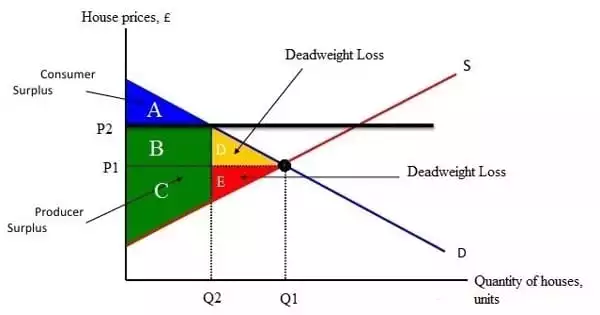Some important uses of income elasticity of demand are as follows:
The income elasticity of demand shows the responsiveness of quantity demanded of a certain commodity to the change in income of the consumer. The income elasticity of demand is also defined as ‘ the ratio of the percentage change in the demand for a commodity to the percentage change in income’.
Useful to know about stage of trade cycle: Income elasticity of demand for necessary goods is low. Therefore, during prosperity, the sellers of such goods will not be benefited much and during depression, they are not affected much. During prosperity, income of the consumer increase and hence, they are capable of affording goods that are more luxurious. The sellers of such goods are benefited. During depression period, demand for such goods decrease rapidly and sellers are adversely affected.
Useful for forecasting demand: The concept of income elasticity of demand can be used for forecasting demand for a product over a period. Therefore, it helps in estimating the required production level of different commodities at a certain point of time in the future. This knowledge is also important for economic planning.
Useful for classification of normal & inferior goods: The concept of income elasticity of demand can also be used to define the normal and inferior goods. The goods whose income elasticity is positive for all level of income are termed as normal goods. On the other hand, the goods for whose income elasticity is negative beyond a certain level of income are termed as inferior goods.
Useful for making marketing strategy: Concept of income elasticity of demand can be useful in making marketing strategy. For example, firm producing luxury items should concentrate its marketing efforts on media that reach the high-income group of the people.
Normal goods – Goods whose demand is directly proportional to the income of the consumers are known as normal goods. Simply, goods whose demand rises with rise in income and whose demand falls with fall in income is known as normal goods e.g jewelry. The coefficient of income elasticity of these goods is always positive.
Inferior goods – Goods whose demand is inversely proportional to the income of the consumers are known as inferior goods. In other words, inferior goods are such goods whose demand falls with rise in income and vice versa e.g. budget smartphones. The coefficient of income elasticity of these goods is always negative.
Information Source:
















